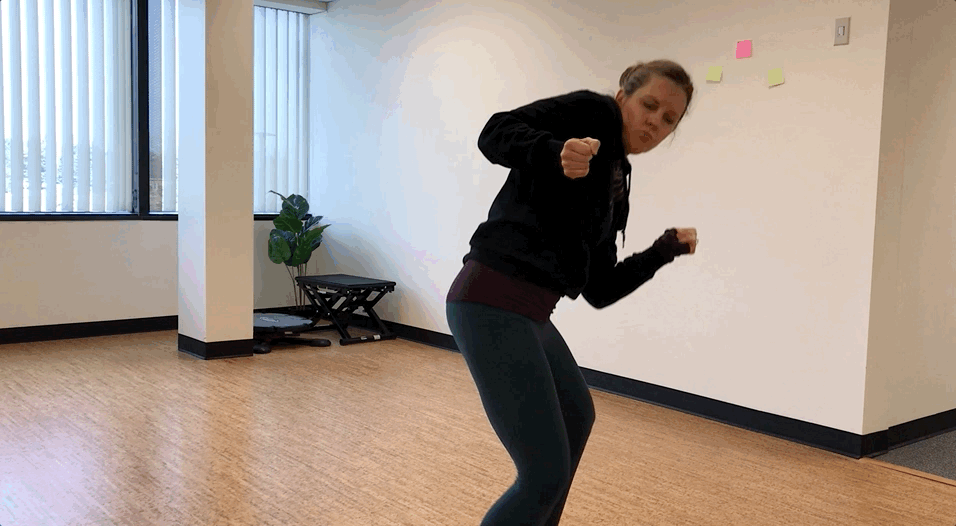“Well... I AM 46 years old…”
This was the reason a recent client gave me for backing down on his physical activity.
I can understand. He was playing it safe… trying to be careful not to “wear out” his joints too soon.
He had the impression, as most of us do, that there is a limited amount of “wear and tear” your body can take before it breaks down and will require drastic measures- like surgery or stopping your workouts all together.
And 46 feels old… when you’re 46.
Your body doesn’t bounce back like it used to. Maybe you’ve had a few injuries, a surgery or two, and the idea that you could get hurt again has got your feeling nervous.
Maybe you’ve even gone through physical therapy (like this gentleman had) and despite your diligence with your exercise program... and giving yourself time to heal... you’re just not feeling like your normal active self yet. You don’t feel really strong, flexible, or able to handle the challenges of your workout like you used to.
Or maybe repeated bouts of pain have set you back enough times to make you feel like you’re just pushing too hard.
So you tame it down a bit. You stick to the treadmill instead of playing basketball. You stretch more instead of getting out and running hard. You slow down the steps and twists in Zumba class.
And slowly you starting believing that your time to be young, active, and mobile is up.
You’re getting older, so you might as well get used to the fact that your body is just falling apart.
You can’t keep going around acting like you’re 20 years old anymore...
...Well, you COULD believe all of that. I mean, you’ve probably heard it over and over again, and maybe you’ve even heard it from your doctor or physical therapist.
Or, you could choose to believe something different.
You could remember that while you might be in your forties, you’re only HALFWAY to 80.
You could remember that you have a living, breathing, adaptable body. It will never stop being able to improve, even if you’re getting stuck right now.
You could realize that if you stop gaining strength, power, explosiveness, or agility in your body NOW, it WON’T be available to you when you actually do get older.
(And the tough part of that is... strength, power, explosiveness, and agility are the exactly the movement abilities you need to avoid a fall and a broken hip when you’re 80).
You could choose to believe that while you can’t go back to when you were 20, there’s absolutely NO REASON to act like your time is up now.
The only reason you’re struggling is that we haven’t yet solved the real problem that’s keeping you from being your normal, fully active, self.
Most people in your position only need a couple of things to propel them back to the active and healthy life they want (and need).
1. A new set of eyes.
2. An approach that restores all the movement capabilities you need for the sport or workout you love to do.
I’ve had client or client come to me feeling stuck and hopeless, but leave feeling confident, restored, and strong again. One is back to playing basketball confidently. Another is back to regular exercise classes without having to “modify” everything. Still another- back to CrossFit without any issues.
And most of the time, the process is so much easier and more fun than they expected.
But they ALL started with the choice to believe that they were capable living of a better life. And they ALL took the steps necessary to achieve it.
You can, too. And it starts by booking a free call to speak with me at kinesipt.com/talk. When you do, you’ll have the chance to run your situation by me to see if it really might be possible to get back to the active life you want.
If it is, we’ll also walk you through a step by step plan to achieving it, so you too can get your life and confidence back. If it makes sense for us to help you do that, we'll let you know how. If not, we'll point you in the direction that best serves you.
This free call adds massive value to your life because when you book it, you make the choice to KEEP PURSUING the active healthy life you deserve.
That choice can only be made by you, but it has positive effects for you... AND everyone around you.
What could be better?
Book your call now: kinesipt.com/talk
Talk soon,
Melissa










